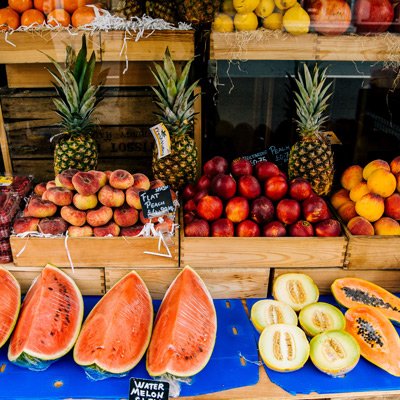Are There Any Environmental Benefits Of Food Delivery?
We have known for a long time that modern life has had and will have a serious impact on the planet.
Global warming is hardly an unknown subject to anyone anymore.
We tend to want to shift the responsibility of fixing things on to our government, world organizations, or big corporations.
But what about our individual behaviour part?
Are we individually changing the way we do things to reduce the negative impact of our daily life on the environment?
Are we criticizing others while only caring about the environment when it doesn’t affect our own comfort?
Are we willing to take the personal responsibility or do we prefer to stay environmental hypocrites.
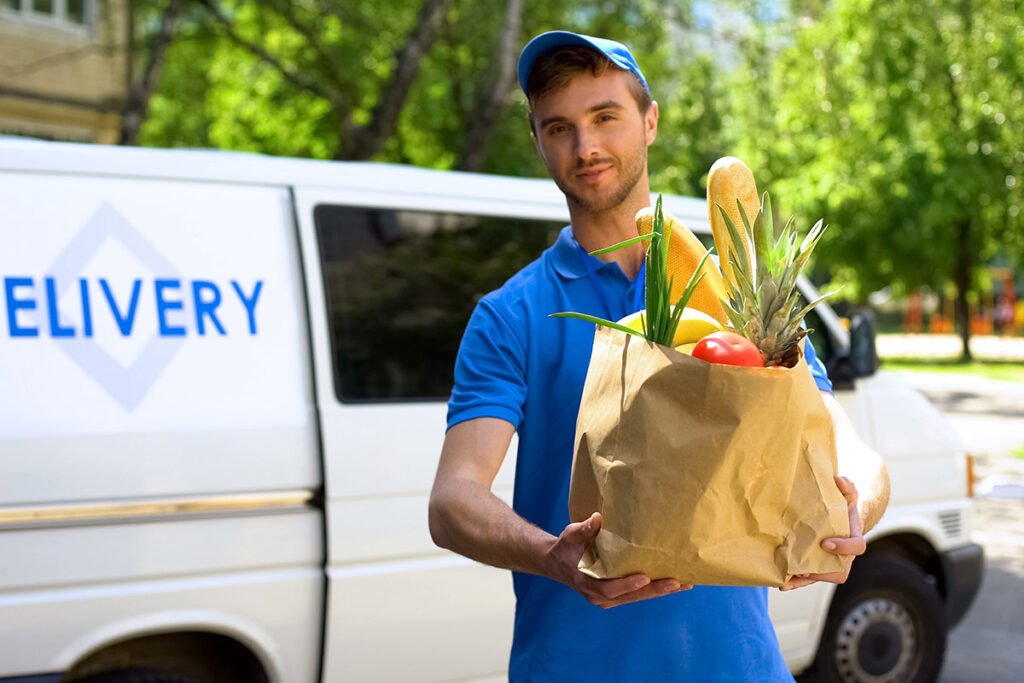
During the Covid-19 pandemic, more people than ever have been buying their groceries online.
Many businesses have started to change their model from a 100% local storefront business to a mix of storefront and online.
Shopify and other similar platforms for online shops have seen a significant increase in new online shops in the first half of 2020.
But is this development sustainable when it comes to groceries?
Is shopping for groceries in the supermarket or farmers market a part of our life that we don’t want to give up?
Did we order food online because it was convenient and we plan on keep doing so or because we were afraid of getting infected by the coronavirus?
In this article, we want to look at how the food delivery business and our behavior would need to change to create significant environmental benefits of food delivery.
How Shopping Behavior Has Developed Over Time
We didn’t always drive to the supermarket to get the food we needed for us and our family.
Things have not always been as convenient as today.
Today we can simply drive to the supermarket and we don’t need to harvest anything.
We don’t need to kill any animals ourselves selves and we definitely don’t need to milk any cows or feed any sheep or goat.
But the way we feed our selves has gone from being part of the environment to plundering and polluting the environment.
But how did we get there?
Hunting Gathering
When humans were still living in relatively small groups they would provide for themselves with whatever was available from the land where they lived.
They supported their diet by hunting and fishing, as well as gathering nuts, berries, and fruits.
When food ran out they would simply move on.
This would be the normal way of life until ca. 10.000 years ago when humans started to domesticate animals and plants.
The Town-Market

When humans started to settle down in bigger groups and stopped roaming around, the concept of the town market was born.
People could bring produce or craft items they had in abundance or didn’t need to the market and exchange them for items or products they needed.
The market developed into being a place where you could satisfy some of your social needs.
You could tap into gossip, search for love, or just hang out.
Sounds like a familiar place?
Going to the market was much more than just to fill up your pantry.
To compensate for the lack of fruit and vegetables in the winter, people would pickle or dry perishable produce.
The Home Delivery
In the late 1800s, farmers started to deliver milk directly to people’s doorsteps. The milkman would come door to door with a metal barrel full of milk.
Since July 1, 186s the mailman has been delivering mail to people’s homes.
Postmasters determined the appropriate levels of service for their cities; there were no nationwide rules governing the number of daily trips that letter carriers made.
So what made sense ruled over what the customer wants.
Can we ever go back to that logic?
The Super-Market
When cities grew and the need came for feeding more people in a more efficient way, the supermarkets came along.
Supermarkets would have everything you could ever need and much more.
Supermarket chains were established and the supply chain function became a major science that could decide if a supermarket chain survived or not.
But with time, a lot of marketing research, and consumer behavior analytics, things started to go crazy.
We got the perfect looking stores where the focus was on presentation more than quality, environmental aspects, or organic ways of sourcing.
The food industry started to produce all kinds of things with ingredients you had never heard of.
Now every supermarket throw away produce that is never sold.
It is more profitable to keep the shelves full than have to throw away unsold produce.
Empty shelves are depressing.
Retail Food Waste Statistics
10 percent or 43 billion pounds of food in grocery stores will never make it off the shelf.
For produce, about 12 percent of fruit and 11.5 percent of vegetables are never sold. 30% of a grocery store’s trash is food waste.
The Online-Market
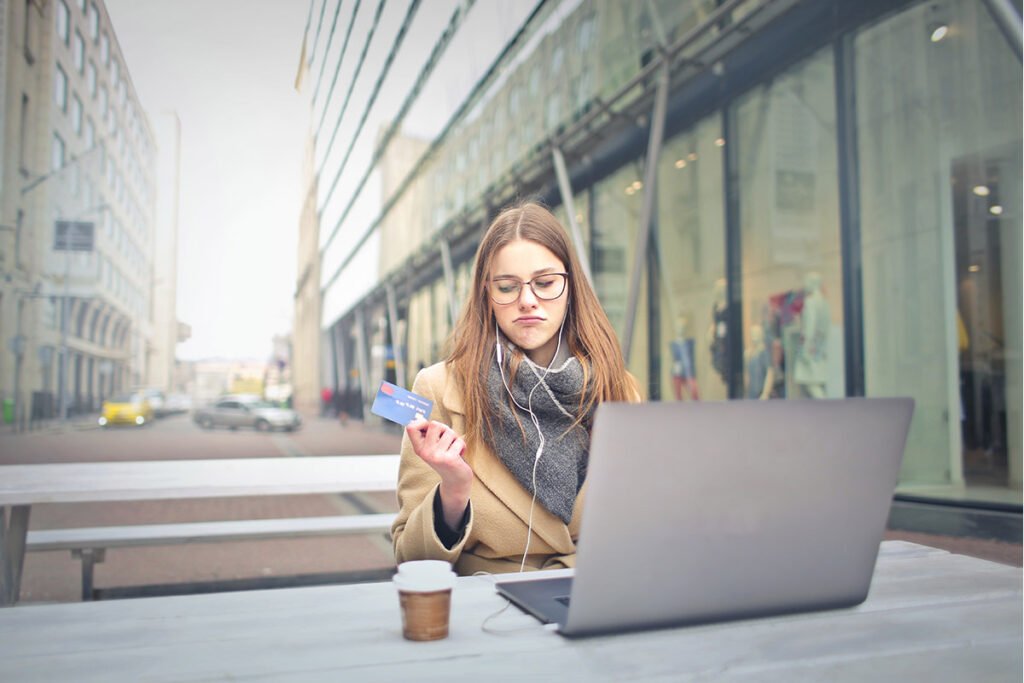
When Jeff Bezos started to pack and ship books from his garage in 1994 he probably couldn’t imagine what the eCommerce economy would look like 25 years later.
Today everything is available online.
Still, though, there are still things we like to touch and try before buying.
We do like to stand and pick the ripest fruits in the supermarket and the freshest looking veggies.
Do we want to trust someone else doing that for us?
Is the convenience of ordering online compromising our social needs?
What Do We Use The Car For?
Most of us who don’t live in the inner cities couldn’t think of not having a car.
Public transport in the US is heavily outdated and is lagging behind development in most industrialized countries.
For those interested in how it came like that. Here is an article for you.
But can we at least affect the need for driving somehow?
Shopping Vs Work Traffic
A lot of people in the suburbs shop on their way back from work and so use the same trip for work and shopping.
In the cities, many people pick up groceries in their close neighborhood and don’t use a car for that purpose.
But there are still majority of people who will drive exclusively to the supermarket and back.
Social Aspects Of Shopping
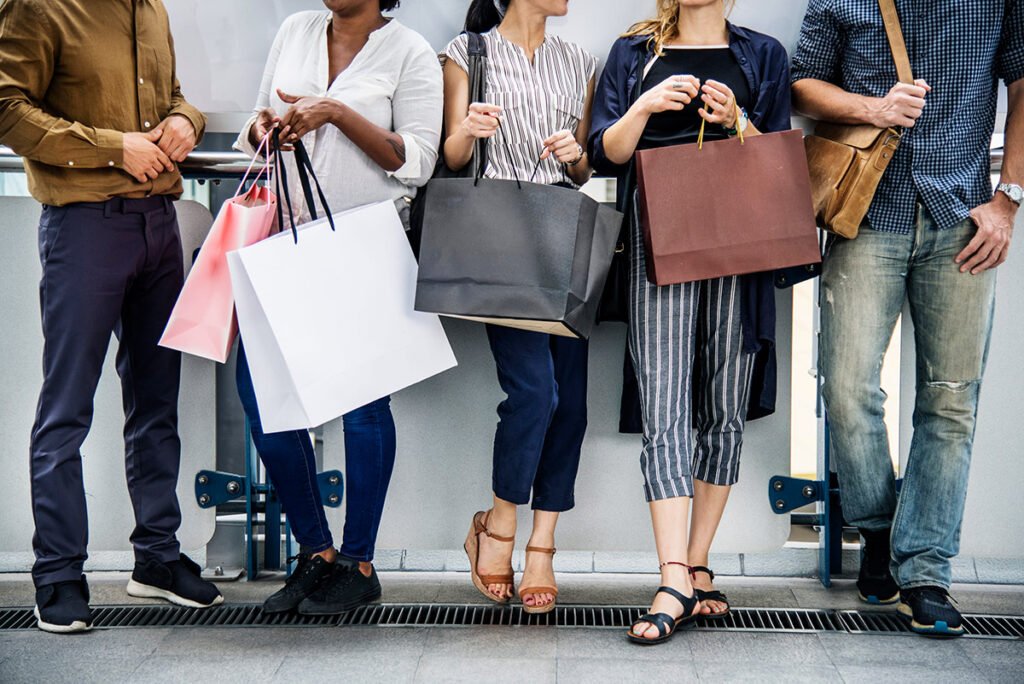
There are also many people who go to the mall when the weather is bad just to kill time, hang out, and socialize.
Socializing is for us humans extremely important and most of us have felt that in the time of the COVID-19 lockdown.
Going shopping is not only about getting something we need.
Going shopping is also to see other people and interact with other people.
The known side effect is that we frequently buy things we don’t really need, just because shopping feels good.
Will we ever really put the environment before our own social needs?
Do we only want to talk about the environmental impact caused by things that are not part of our current lives?
If you are vegan are you willing to admit that a lot of the things you eat have been imported from other countries or driven across the country to get it to your plate?
Are we willing to live a life without any travel?
Do we still want to fly to Argentina next summer?
Food Delivery In The Times Of Covid-19
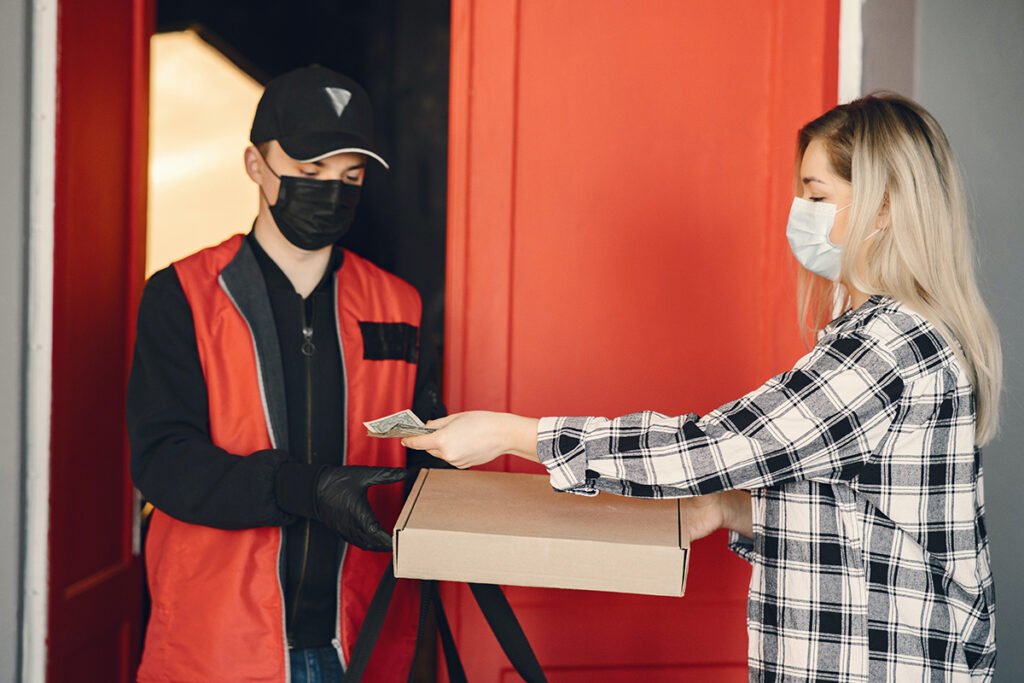
The COVID-19 pandemic has caused a massive spike in demand for online stores.
We’ve already started seeing eCommerce sites expanding their grocery delivery services.
Amazon conducted a study where they found out that ordering groceries online can reduce carbon emissions.
Each item in a grocery package can reduce the carbon emissions by 43 percent compared with driving to the store.
Ordering food online can lead to fewer carbon emissions than driving to the store.
According to a study conducted at the University of Washington, these emissions can be reduced anywhere from 25 to 75 percent.
If an online store can group orders for the same area, they can reduce carbon emissions.
But that would only be possible if customers agree to get a delivery window assigned to them rather than being able to decide for themselves when they want the goods delivered.
On the other hand, companies that allow customers to choose their own time of delivery are likely to create more carbon emissions.
If customers decide their delivery time, vehicles will have to make a delivery trip from the store or warehouse just to that one customer.
Therefore, you can see that customers play a crucial role in how green their delivery is.
Additionally, delivery companies are using low-tech options to reduce carbon emissions.
For instance, various companies use bicycle couriers, which ensure zero emissions and deliver foods from restaurants faster.
Companies can use bicycle couriers for other goods as well.
Online Grocery Shopping After The Lock Downs
Many online shops have seen some decline after the pandemic slowed down, but many people still use the benefit of home delivery. Experts estimate that online delivery will continue to increase with future generations.
Is Food Delivery Sustainable In The Future?
The question is how will we prioritize and will it be cost efficient to buy groceries online in the future. We think that the limitation of private vehicles will lead to more and more services being provided to your home.
The Role Of The Customer

Customers have an essential role to play.
You should be an environmentally conscious consumer and only seek out companies that offer environmentally-friendly packaging options.
More and more customers are well aware of the challenges of green food delivery options, and many are choosing to work with retailers that address environmental issues.
Companies are now using biodegradable packaging across the supply chain, and are even taking responsibility for reusing and recycling packaging products.
Some companies have started offering biodegradable cutlery and plates to provide a solution to the single-use plastic issue.
After their use, they will not fill landfills, but they will break down into compost, and other organic compounds beneficial to the environment, and further help reduce the space needed in landfills.
Environment Or Convenience, What Comes First?
How do people, in general, behave when it comes to selecting between their own convenience and what’s good for the environment.
Can we adjust our lives to less convenience if we know that it’s better for the environment?
My Social And Shopping Needs Or The Planet’s Needs?
Can people live without social interaction?
What has a life with Covid-19 taught us about how much we need to be around other people?
Are we willing to give up going to the mall or going to shops for shopping?
If we are willing to let this part of our life be bygones, it would have a significant environmental impact.
What Are the advantages of ordering food online?
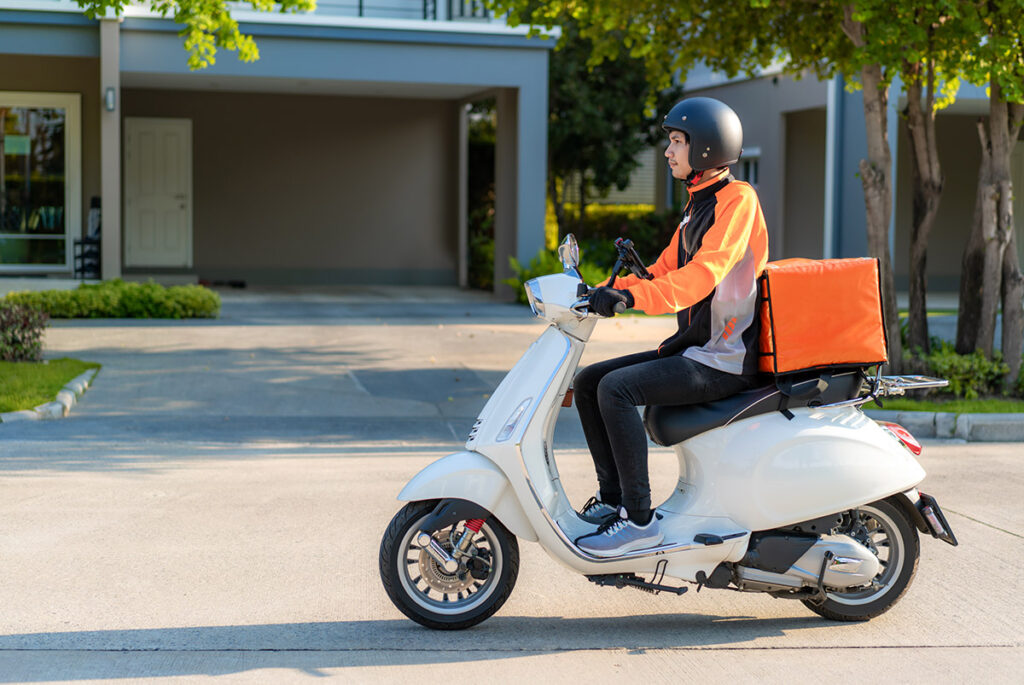
Let’s summarize the personal benefits of food delivery services
It’s convenient
- Ordering food online is convenient because you can do it on your mobile device.
- Whether you’re in the office or at home, you can easily order online and have your food delivered.
You can easily monitor your expenses.
- When you’re selecting the products and adding them to your cart, you’re also looking at the prices.
- Online shopping helps you keep track of your expenses, thus helping you maintain your budget.
Smooth ordering process
- Today, online shopping is easier than ever.
- Restaurants’ websites are now better and provide customers with a smooth experience when ordering foods.
- Customers can request whatever it is they want with less likelihood of making mistakes.
Services are 24/7
- Customers like things to be available 24/7.
Efficient customer and order management
- Restaurants with an efficient online ordering system experience enhanced customer-restaurant relationship.
- The restaurant can seamlessly manage the order by streamlining the entire ordering process from when the order is placed to when it’s finally delivered.
- Once the order is placed, customers receive notifications via or SMS or email that allows the staff to complete the order execution.
- GPS helps capture the customer’s address, which thus ensures timely deliveries.
What Else Must Change?
Packaging
If it’s not your first time shopping online, you have probably encountered the absurd amount of packaging that goes into online grocery orders.
This can stop.
Many stores have now resorted to offering bag-free options or various alternatives to plastic bags.
Electric vehicles
Companies like Amazon are purchasing electric vehicles to reduce their emissions.
Electric vehicles do not emit carbon emissions, and if more retailers can buy them for delivery services, the emissions could be significantly reduced.
However, this is not something every retailer can do, as it would require more capital investment.
Stop mixing online shopping and going to the store
Sometimes, customers can have groceries delivered to them but still drive to the store to get staples such as rice and fruits.
Therefore, companies should expand their offerings to include all the staples to reduce the extra trips to the store for their customers.
Having a one-stop-shop is beneficial to the environment and the owner of the business, as well.
Therefore, you can see how products are delivered matters just as much as what is delivered.
Conclusion
Food delivery service as a model has some obvious benefits compared to one-off trips, but the delivery needs to meaningfully replace a trip in a single-vehicle.
Environmental benefits of food delivery don’t need to be a future dream.
We can start changing our shopping pattern for food as we have changed it for many other things we buy.
Ordering food online can be better for the environment than driving to the store or a restaurant.
Delivery companies help reduce carbon emissions by delivering products to customers; thus, customers don’t have to make individual trips to the stores.
When delivery is done to customers in the same neighborhood or on the same route, it can reduce carbon emissions at least by half.
It’s important to note that several factors help achieve environmentally-friendly online food shopping.
Including the load capacity of deliveries, and the type of packaging used for the groceries or food you order.
So, consumers and delivery companies alike are challenged to make environmentally friendly choices.
The packaging is a considerable concern in food delivery.
Companies should provide biodegradable packaging to avoid filling the landfills.
Consumers have an essential role in ensuring that online buying is good for the environment by letting delivery companies choose a delivery timeline.


